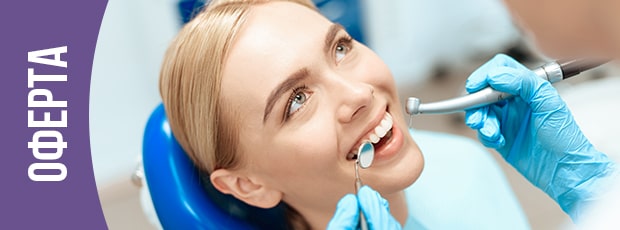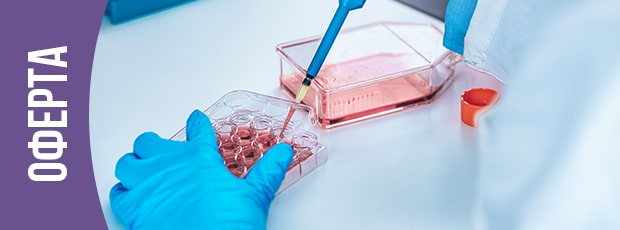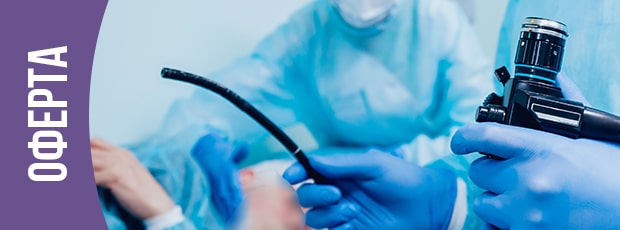A bispectomy is a surgical procedure to remove encapsulated fatty growths that lie deep under the skin on either side of the face. It is also known as a buccal fat removal procedure. After the surgery, the cheekbones become prominent and the face takes on a more elongated appearance. Bicectomy improves facial contour, restores symmetry and gives a more delicate appearance to the cheekbones and jawline. It is not suitable for patients who are overweight and under the age of 25 or over 45.
Before the procedure:
It is necessary to have an examination with a plastic surgeon where you will discuss what you wish to achieve as a result. You should tell the doctor about your medical condition and whether you are taking medication. You also need to be off alcohol for at least a week prior to the procedure, as well as blood thinners - aspirin and others. If you are taking these for medical reasons, you should let the doctor know.
How is the procedure performed?
The buccal fat removal procedure (Bicectomy) is performed with local anesthesia and lasts about 30-45 minutes. A small incision is made near the fat pads of the cheeks. The fat pads are removed using a forceps to convey a natural facial appearance. The area is then sutured. The procedure is done on both cheeks. After the surgery, the doctor places a compression bandage on the face. The patient is discharged the same day after surgery. The recovery process lasts between 3 to 5 days. The effect is observed about 3 weeks after the manipulation. The facial oval is smaller and the cheekbones are visibly pronounced. After extraction of the bisha capsules, the fat mass does not re-accumulate, therefore the effect of the procedure is preserved forever.
After the bispectomy procedure:
It is necessary to consume liquid and soft foods and cold drinks for several days to avoid complications. Sun exposure is not recommended.
Side effects after the procedure:
Although rare, there is a possibility of: infection, bleeding, complications during anesthesia.







